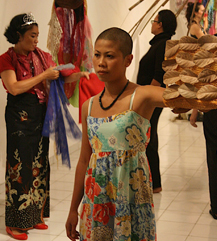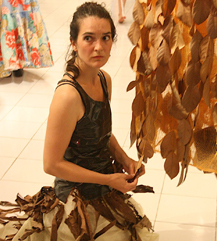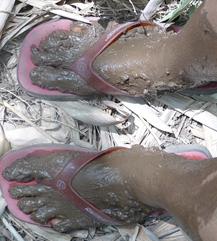The Kolaborasi Project's aims are:
To support the creation of innovative dance/theatre work through collaboration between Asian, American and European artists.
Through such collaboration, to bring American and European dance/theatre artists into creative dialogue with Asian artists who are exploring a contemporary performative language based on, or referring to, traditional forms, but going beyond them.
To support the performance of such work in the United States, Europe and Asia.
To develop audiences for an understanding of such work and to disseminate the new perspectives and insights gained in creating it, including through written and video documentation and commentary.
To curate and facilitate workshops, both for professional artists and people who may not see themselves as artists, which explore principles and stylistic elements from more than one cultural and technical background. |
 |
The Project's approach is:
To use collaboration, based on values of listening, co-operation and consensus, as its fundamental principle; and practically to explore and research the concept of "collaboration" itself, naming and clarifying the different approaches to it in different cultures.
To support for each participant a deeper understanding of their own particular habits, skills and values, both in art and in life; and of those of the other participants. To give them a greater awareness of what they have to offer and what they have to learn.
To seek an integration of the technical and stylistic backgrounds of all the participants into a collectively created form that is new to all of them (rather than simply presenting their usual styles side by side, as when Asian artists perform their traditional dance/theatre forms alongside Western artists using Western forms; or when Western artists adopt Asian traditional forms, or Asians use Western contemporary dance style and vocabulary).
To achieve this integration through collective experiential study of the physical movement forms usually used by each participant – not just in their external, purely physical aspect, but also their personal, social and cultural meanings, and the attitudes, assumptions and values that underlie those meanings. |





